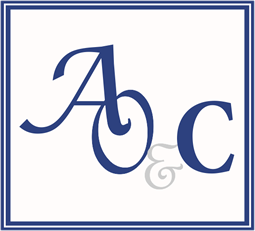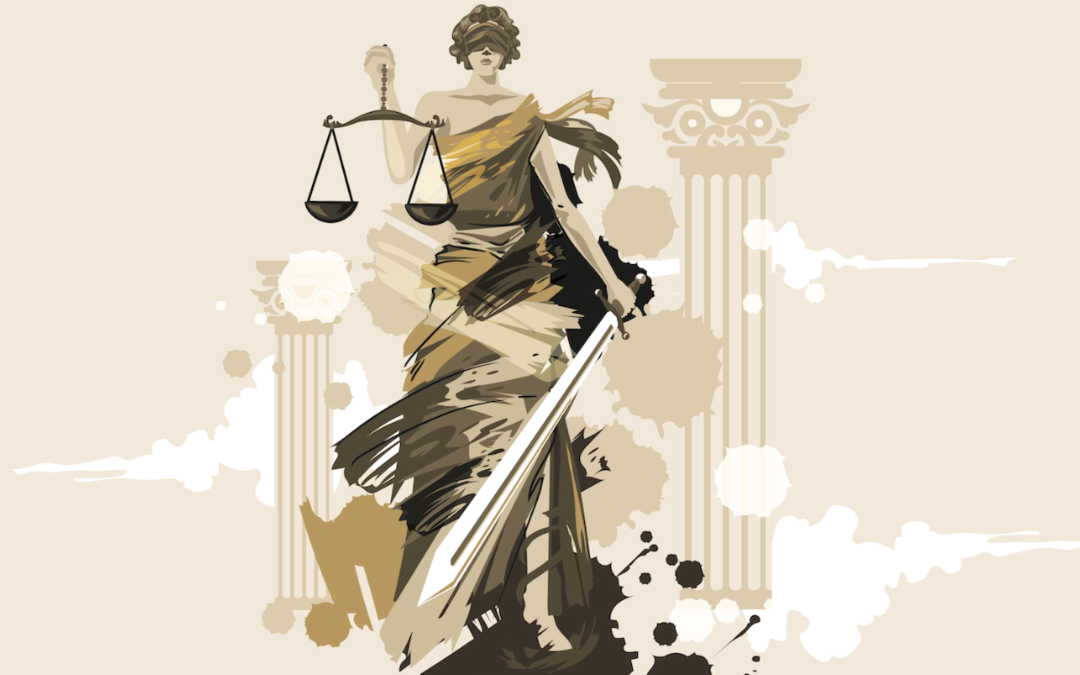Art law is a body of laws, involving various disciplines, that protects, regulates and facilitates the creation, use and marketing and distribution of art. Although art in a broad sense includes music, film, theatre, literatures, etc., art law as traditionally defined concerns only works of fine art and/or the visual arts.[1]
To be clear on what art is, let us look at its definition. Art is any drawing, painting, sketch or sculpture created from the imagination of an individual (Artist). In other words, it is an intellectual creation from a living being (human) referred to as an Artist. Art is the expression or application of human creativity, skill and imagination, typically in a visual form such as painting or sculpture.[2] These paintings, drawings, or sculptures are put on display so that they may be adored and appreciated for their beauty or emotional relatability.
Art law holds significant importance in the realm of legal and cultural considerations. It is a specialized field that intersects art, culture, intellectual property, and commerce. Here are some key reasons why art lawyers are important to visual artists.
- Protection of Artists’ Rights
Art law plays a crucial role in safeguarding the rights of artists, ensuring that their creative works are protected from unauthorized use, reproduction, distribution, and modification. This protection allows artists to control their artistic legacy and maintain their integrity. A classic example is the case of Lemi Ghariokwu v. Ericsson Nigeria Limited (2017) LPELR-42513(CA), where the plaintiff, a renowned graphic artist, sued the defendant, a telecommunication company, for infringing his copyright in a painting titled “Fela Anikulapo Kuti: The Legend Lives On”. The plaintiff claimed that the defendant used his painting as a backdrop for a musical concert without his permission or authorization. The court held that the plaintiff had established his ownership of the painting and that the defendant had infringed his exclusive right to reproduce, distribute, and communicate his work to the public. The court awarded the plaintiff N10 million as general damages and N5 million as exemplary damages.
- Intellectual Property Rights
Art often involves intellectual property issues such as copyright, trademark, and even patent concerns. Art law helps artists, collectors, galleries, and museums navigate the complexities of these legal frameworks to secure their rights and avoid infringement.
- Artistic Freedom
Art law can also pertain to issues of artistic freedom and censorship. Artistic freedom is the right of artists to express themselves freely through their work, without fear of censorship, persecution, or discrimination. Artistic freedom is protected by international human rights law, such as Article 19 of the Universal Declaration of Human Rights and Article 9 of the African Charter on Human and Peoples’ Rights. However, artistic freedom is often violated or restricted by various factors, such as political, religious, cultural, economic, or social pressures.
It addresses situations where artworks might be controversial or deemed offensive, and helps to balance the rights of artists to express themselves with societal norms and legal restrictions.
- Art Transactions and Sales
The art market involves complex transactions, including sales, purchases, loans, and consignments. Art sales are transactions involving the transfer of ownership or rights of artistic works, such as paintings, sculptures, photographs, etc. Art sales can be subject to various legal issues, such as contract formation, breach, performance, remedies, taxation, intellectual property, authenticity, provenance, etc. In Nigeria, there are several laws and regulations that govern art sales, such as the Sale of Goods Act, the Copyright Act, the National Gallery of Art Act, the Value Added Tax Act, the Customs and Excise Management Act, etc.
Art law ensures that these transactions are legally sound, protecting the interests of all parties involved and helping prevent issues like fraud and misrepresentation.
- Dispute Resolution:
Art disputes can arise over ownership, authenticity, provenance, contracts, and more. Art law provides mechanisms for resolving these disputes, whether through negotiation, mediation, arbitration, or litigation.
If you are a visual artists or creative with questions in any of these areas of art law, please send us a mail on info@aocsolicitors.com.ng
[1]Entertainment law in Nigeria Michael Dugeri
photo credit: google

